
Cricket Skills Progression for Different Age Groups
Cricket is a popular sport that requires a range of skills for players to excel at different age groups. Skill progression in cricket is essential to develop a strong foundation and elevate performance as players advance in age. The specific skills emphasized for each age group ensure appropriate development and continuous improvement. Here is a breakdown of cricket skills progression for different age groups in the UK.
In cricket, there are several basic skills that are fundamental to the sport, such as batting, bowling, fielding, wicket-keeping, captaincy, and fitness. Each of these skills requires specific training and practice to excel.
To develop batting skills, players need to work on their grip, footwork, shot selection, and timing. Bowling skills require mastering different bowling techniques, accuracy, speed, and the ability to deceive batsmen. Fielding skills focus on agility, catching, throwing, and positioning.
Wicket-keeping skills involve maintaining proper stance, agility, reflexes, and communication with the team. Captaincy requires strong decision-making skills, leadership, and effective communication. Fitness training plays a crucial role in cricket to improve endurance, strength, agility, and injury prevention.
As players progress through each age group, they should seek guidance from experienced coaches, participate in regular practice sessions, and be open to continuous learning and improvement. With a structured skill progression plan, young cricket enthusiasts can develop their talents and strive towards achieving their full potential in the sport.
Cricket Skills for Age Group 5-7
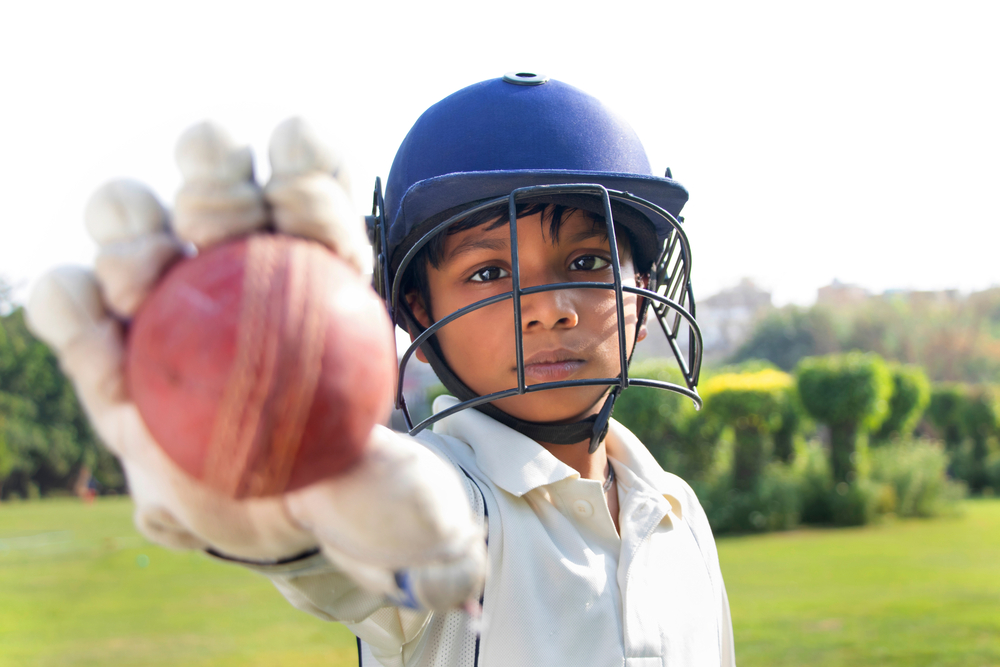
1. In order to enhance your fielding and bowling abilities, it is helpful to practice accurate overarm throwing with a soft cricket ball. This will assist you in developing your fielding and bowling skills, which are essential in the game of cricket.
2. To improve your capability in catching a cricket ball, it is important to be taught the proper technique. This starts with stationary catches and progresses to moving catches. By following this approach, you can enhance your catching ability and become more proficient in this aspect of the game.
3. One of the basic cricket skills that should be introduced is batting. This includes learning the correct grip on the bat, watching the ball, and making solid contact. It is crucial to emphasize hand-eye coordination and the ability to hit the ball accurately. By focusing on these fundamental skills, you can become a better batsman.
4. The significance of quick running between the wickets should also be taught. By practicing short sprints and quick turns, you can improve your running between the wickets. This skill is essential for scoring runs and maximizing the team’s overall performance.
5. Another important area to focus on is fielding. It is necessary to teach various fielding positions, such as being close to the wicket or in the outfield. Emphasis should be placed on stopping the ball, executing clean pick-ups, and making accurate throws. By honing these fielding skills, you can become a better fielder.
6. In order to have a comprehensive understanding of the game of cricket, it is important to introduce the fundamental rules. This includes educating players about the roles of the batsman, bowler, and fielder. It is necessary to teach them about concepts such as wickets, stumps, and scoring runs. This knowledge will significantly contribute to their overall understanding and enjoyment of the game.
7. Encouraging teamwork, support, and good sportsmanship is crucial in cricket. Players should be taught about fair play and the importance of showing respect to opponents and teammates alike. These qualities are of utmost importance in creating a positive and inclusive environment for cricket players.
By focusing on these cricket skills for the age group of 5-7, children can establish a strong foundation in the sport. It is important to create a fun and inclusive environment that allows them to enjoy learning and playing cricket.
Cricket Skills for Age Group 8-10
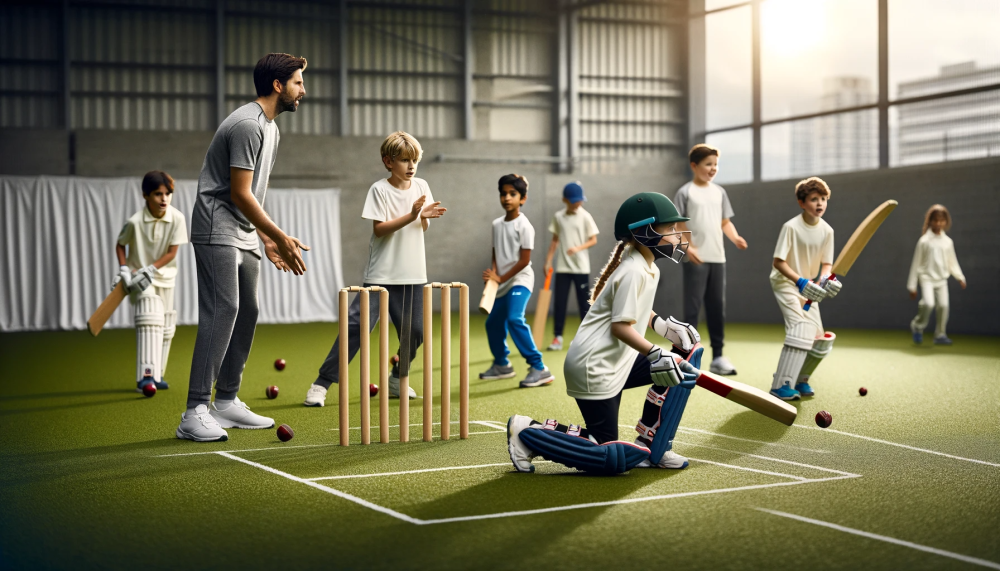
When developing cricket skills for the age group 8-10, it is important to focus on the fundamental aspects of the game. Here is a list of key skills for young cricketers in this age group:
- Batting Technique: Improve grip, stance, and footwork. Learn shots like forward defence, backfoot defence, and front foot drives.
- Bowling Technique: Develop a smooth and consistent bowling action. Focus on bowling straight and generating good pace and accuracy.
- Catching and Fielding: Practise catching using both hands and develop hand-eye coordination. Work on throwing technique and fielding in different positions.
- Running Between Wickets: Learn the importance of quick running between the wickets. Practise running with a partner, calling loudly, and understanding when to take quick singles or go for boundaries.
- Understanding the Game: Learn the rules of the game and understand different fielding positions, the role of the umpires, and basic strategies.
By focusing on these cricket skills for age group 8-10, young cricketers can build a strong foundation for their cricketing journey. Encourage regular practice, motivation, and fun while learning and playing the game!
Cricket Skills for Age Group 11-13
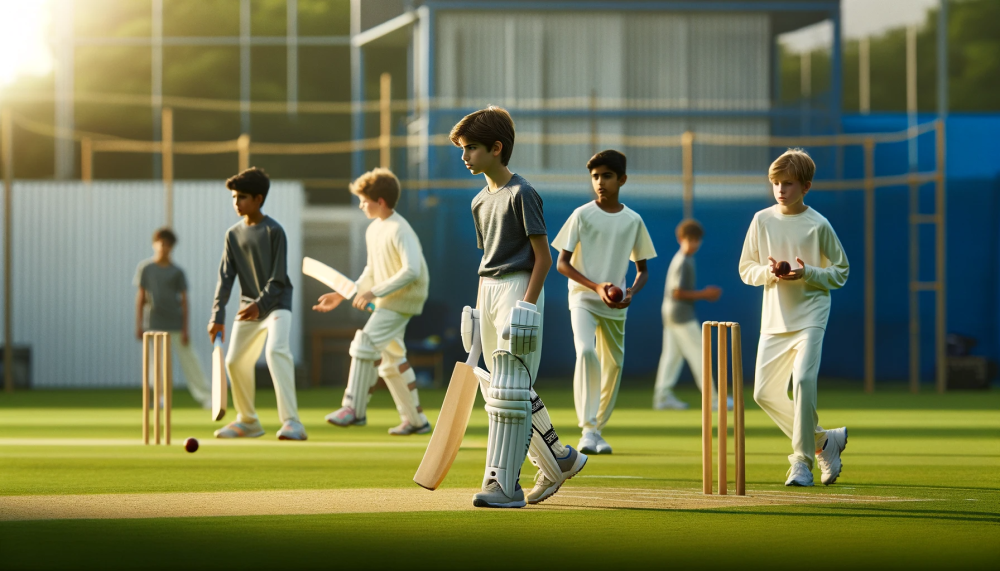
During the ages of 11-13, it is of utmost importance to cultivate fundamental cricket skills. Below are the essential cricket skills that young players should concentrate on:
- Batting: Emphasise on enhancing batting technique and shot selection. Learn to play with a straight bat, develop a solid defence, and improve the ability to score runs by rotating the strike.
- Bowling: Develop bowling action, accuracy, and variations. Practise bowling in the correct areas, learn to swing or spin the ball, and work on pace and control.
- Fielding: Enhance catching, throwing, and agility. Acquire knowledge of proper fielding positions, techniques to catch high and low balls, and how to throw accurately.
- Wicketkeeping: Enhance stance, reflexes, and the ability to catch the ball cleanly. Work on footwork to react quickly to different deliveries.
- Game Awareness: Develop a good understanding of the game. Learn basic cricket strategies, such as when to attack or defend, how to rotate the strike, and how to support teammates on the field.
By focusing on these cricket skills for ages 11-13, young players can establish a strong foundation for their future in the sport. Regular practice, guidance, and participation in matches will aid them in improving and growing as cricketers.
Cricket Skills for Age Group 14-16
Cricket skills for the age group of 14-16 are crucial for young players to establish a strong foundation. In this age range, young cricketers should focus on honing their batting technique, perfecting their shot selection, mastering the fundamentals of bowling, improving their fielding skills, and developing game awareness.
By working on their stance, grip, and footwork, they can improve their batting technique. They should also learn to choose the appropriate shot depending on the delivery and game situation.
Directing attention towards proper grip, run-up, and release will help them with their bowling fundamentals, and they should acquire knowledge of different types of bowling.
Enhancing catching, throwing, and ground fielding skills while practicing agility and coordination will contribute to their fielding skills. Comprehending the tactics and strategies of the game will allow them to anticipate the opposition’s movements and make intelligent decisions.
Cricket Skills for Age Group 17-19

When focusing on cricket skills for the age group of 17-19, prioritise essential techniques and strategies. Batting technique forms the foundation for effective shot selection. Master running between wickets to seize scoring opportunities. Place emphasis on fielding skills, including catching, throwing, and ground fielding, to impact games with athleticism.
For bowling, refine technique and control. Build a solid bowling technique with proper run-up, grip, release, and variations for accuracy and movement/spin. Cultivate control over line and length, enabling bowlers to build pressure and restrict the opponent’s scoring rate.
To ensure growth and progress, focus on these skills during training sessions with practice, repetition, and game situations. Cultivate mental strength, fitness, and a strong understanding of the game to maximise performance and contribute to overall team success.
Cricket Skills for Age Group 20+
Cricket skills for the Age Group 20+ are essential for players to excel in the game. Here are crucial skills that players in this age group should prioritize:
Batting Technique: Players should aim to develop a strong batting technique to improve their effectiveness at the crease. This involves having a solid stance, footwork, and shot selection. Consistency in executing shots is key to scoring runs consistently.
Bowling Accuracy: Bowlers should concentrate on enhancing their accuracy to consistently hit the desired areas. This includes maintaining a consistent line and length and developing variations to deceive the batsmen.
Fielding Agility: Fielders should focus on their agility and reflexes to quickly respond to the ball and make crucial stops or take catches. Quick and accurate throwing is also essential to prevent runs and achieve run-outs.
Game Awareness: Players should cultivate a solid understanding of the game and improve their cricketing sense. This involves comprehending the match situation, reading the game, and making intelligent decisions under pressure.
Fitness and Stamina: Maintaining a high level of fitness is crucial for players in this age group. Pay attention to strength, endurance, and flexibility training to enhance overall performance.
Leadership Skills: As players mature, developing leadership skills becomes important. This includes effective communication, decision-making, and motivating teammates to perform at their best.
Mental Resilience: Players should focus on developing mental resilience to handle the pressures and challenges of the game. This includes staying focused, maintaining a positive attitude, and rebounding from setbacks.
By prioritizing these cricket skills for the Age Group 20+, players can enhance their performance and make a positive contribution to their team’s success.
What Are the Basic Cricket Skills?
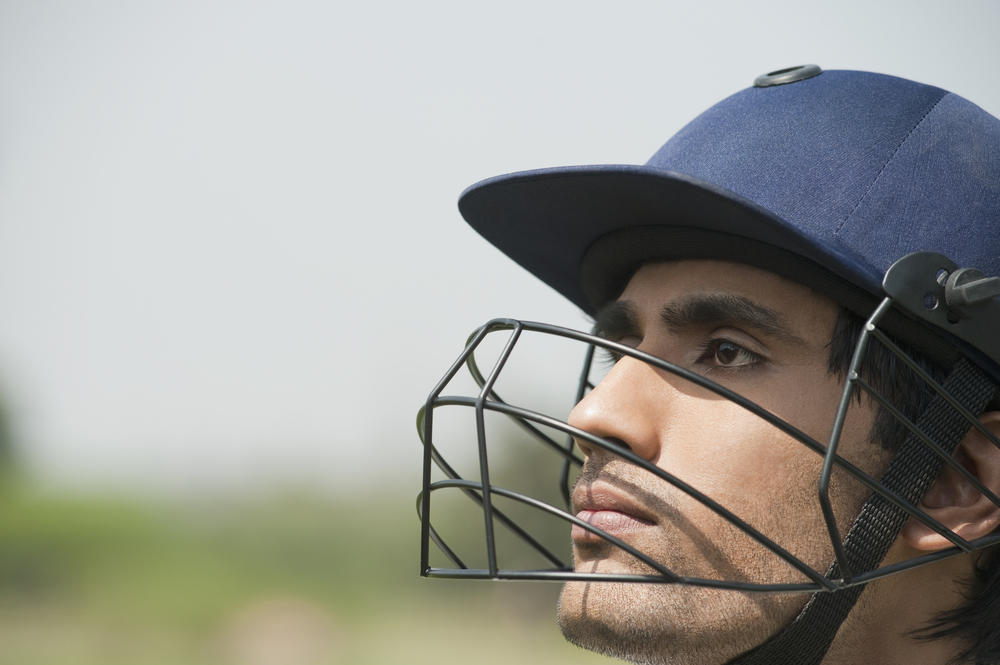
When it comes to cricket, mastering the basic skills is essential for achieving success. The fundamental cricket skills include:
Batting: Utilise the cricket bat to strike the ball and gain runs. Good coordination and footwork are imperative for success.
Bowling: Dispatch the ball to the batsman with control, precision, and the ability to generate spin or pace to deceive the batsman.
Fielding: Halt the ball, catch, and throw with accuracy. Fielders should possess agility, quick reflexes, and anticipation.
Wicket-keeping: Fulfil a crucial role in the game with rapid reflexes, coordination, and the ability to catch the ball near the wicket.
Running between wickets: Make prompt decisions and communicate with the partner to maximize runs without being run out.
To enhance cricket skills, engage in regular practice and concentrate on specific areas for improvement. Dedicate effort to technique, fitness, and mental fortitude in order to excel in the game.
How to Develop Batting Skills?
To develop batting skills in cricket, it is important to follow the following steps:
1. Start with the correct stance: Position yourself sideways to the pitch, ensuring that your feet are shoulder-width apart and parallel. Bend your knees slightly and distribute your weight evenly.
2. Grip the bat proficiently: Hold the bat firmly, with the top hand controlling it and the bottom hand providing support. The “V” formed by your thumb and index finger should point towards your back shoulder.
3. Pay attention to the bowler’s hand: Focus on the bowler’s hand to anticipate the type of delivery. This will help you prepare for the ball and make quick decisions.
4. Concentrate on footwork: Move your feet swiftly and adopt the proper positions to execute different types of shots. Practice defensive shots, drives, and pulls.
5. Improve timing and shot selection: Regularly practice hitting the ball cleanly in your desired direction. Prioritize playing shots along the ground and choosing the appropriate shot for each delivery.
6. Work on shot technique: Practice a wide range of shots, including cuts, pulls, hooks, drives, and sweeps. Pay close attention to your body position, arm movement, and weight transfer.
7. Enhance reflexes and hand-eye coordination: Incorporate drills and exercises that involve reacting quickly to different deliveries. Aim to develop fast reflexes and the ability to judge the line and length of the ball.
8. Face different bowlers and adapt to various conditions: Challenge yourself by facing bowlers with different pace, swing, spin, and bounce. Practice in different conditions to improve your skills.
9. Seek guidance and coaching: Collaborate with a coach or experienced player who can provide feedback and suggest improvements. Make use of their expertise to refine your batting skills.
10. Maintain regular practice: Dedicate consistent time to practice your batting skills. Consistency and repetition are crucial for improvement and developing muscle memory.
By following these steps and practicing consistently, you can enhance and develop your batting skills in the game of cricket.
How to Improve Bowling Skills?
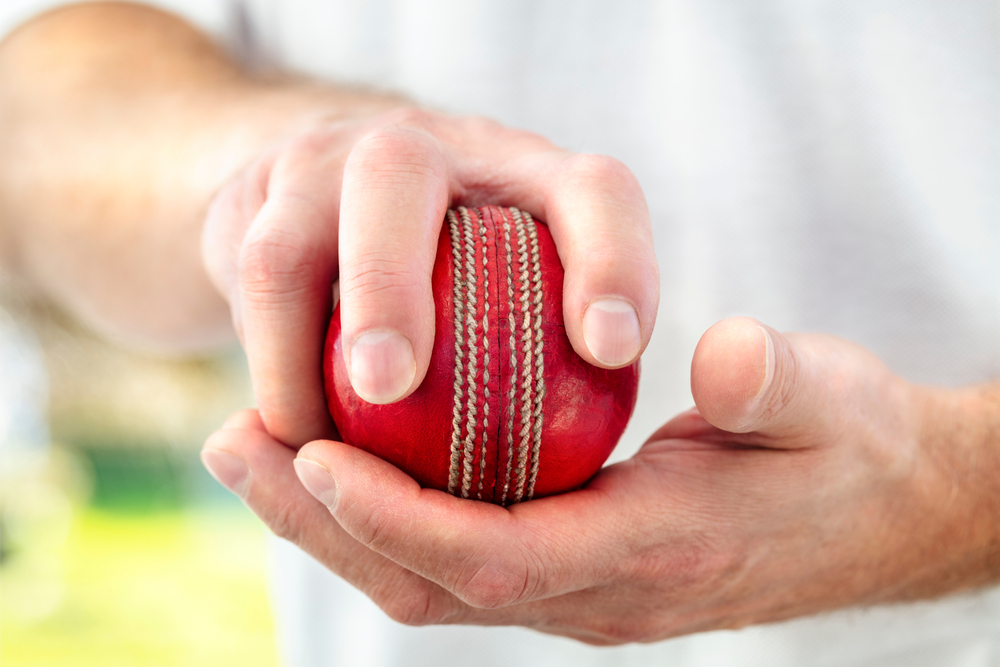
To improve your bowling skills in cricket, it is necessary to follow these steps:
- Mastering grip: Hold the cricket ball with fingers on the seam to gain control and achieve movement through the air or off the pitch.
- Work on your run-up: Develop a smooth and consistent run-up to gain momentum and achieve a balanced delivery stride.
- Concentrate on your bowling action: Pay attention to body alignment, arm position, and follow-through. Maintain a fluid and repeatable action to enhance accuracy and prevent injuries.
- Practice different deliveries: Experiment with swing, seam, and spin techniques. Learn how to grip the ball and adjust wrist position to achieve desired effects.
- Develop accuracy and consistency: Aim to consistently hit a specific target on the pitch. Gradually increase pace without compromising accuracy. Regular practice enhances control and ability to hit the correct areas.
- Analyse and learn from mistakes: Review bowling performances and identify areas for improvement. Seek feedback from coaches or experienced players to refine technique and address weaknesses.
- Enhance strength and fitness: Bowling requires physical ability, so focus on developing core strength, endurance, and flexibility. Incorporate strength training, running, and stretching into your fitness routine.
Remember, improving bowling skills takes time and dedication. Consistent practice and willingness to learn and adapt will help become a better bowler. Keep honing skills and seek opportunities to play competitive matches to test abilities and further progress.
How to Enhance Fielding Skills?
When it comes to enhancing fielding skills, understanding how to improve fielding skills in cricket is crucial. To achieve this, follow these steps:
1. Develop a strong throwing arm: Allocate time to practice accurate and forceful throws. Strengthen your throwing arm by engaging in exercises like shoulder presses and weighted ball throws.
2. Improve catching technique: Participate in catching drills that enhance coordination between your hands and eyes, as well as your reflexes. Pay attention to maintaining visual contact with the ball, positioning yourself correctly, and using gentle hands.
3. Master ground fielding: Practice fielding ground balls with the correct technique. Assume a low, athletic position, work on your footwork and body positioning, and react swiftly.
4. Enhance diving skills: Acquire proper diving and sliding techniques to prevent the ball from crossing the boundary and execute remarkable catches. Regularly practice diving drills to improve your technique and build confidence.
5. Focus on throwing accuracy: Prioritize accuracy when delivering the ball to the wicketkeeper or other fielders. Consistently aim for the stumps and develop a fluid throwing motion through dedicated practice.
6. Develop quick reflexes: Utilize reaction drills and exercises to improve your reflexes and response time. These drills will enable you to react promptly during fast-paced moments while fielding.
7. Remain alert and focused: Concentration and attentiveness are crucial for efficient fielding. Train your mind to maintain focus, anticipate plays, and communicate effectively with your teammates. By diligently following these steps, you can enhance your fielding skills and become a valuable asset to your cricket team.
What Are the Key Skills for Wicket-keeping?
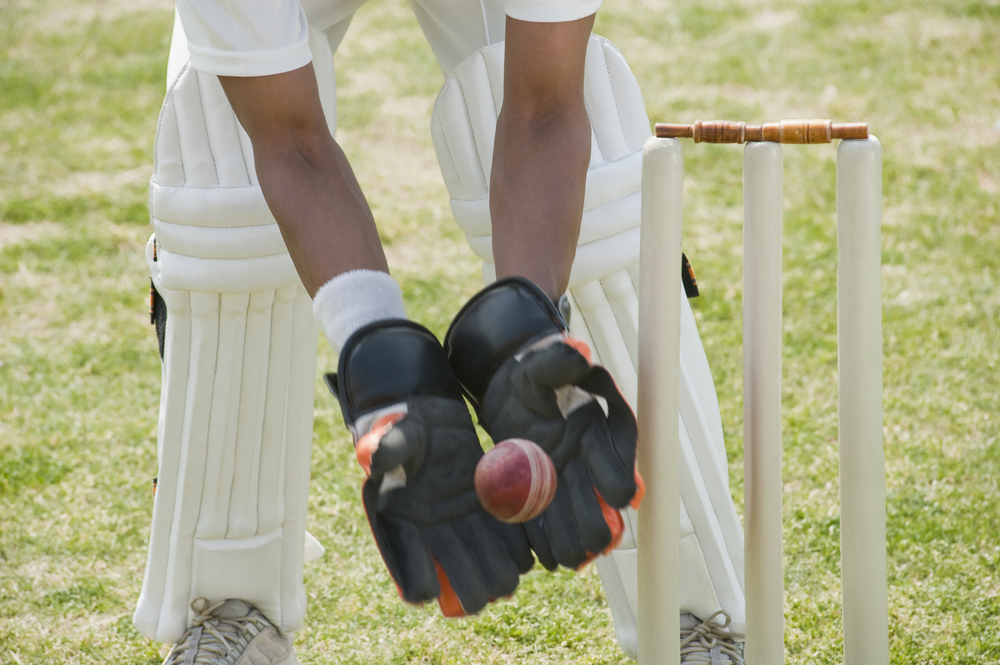
When it comes to wicket-keeping, there are key skills that are essential for success. Reflexes play a crucial role in reacting quickly to the movement of the ball. Anticipating and swiftly catching or preventing the ball from scoring is of utmost importance.
Good hand-eye coordination is another important skill. It allows the wicket-keeper to accurately judge the path of the ball and position the gloves accordingly.
Agility is a must-have attribute for wicket-keepers. Constant movement is involved, and being able to quickly move sideways, dive, or jump to catch or prevent the ball is necessary.
Proper footwork is vital for a wicket-keeper to quickly move towards the line of the ball. It helps in adjusting body position and maintaining balance while catching or stumping.
Effective communication is equally important. Wicket-keepers are the leaders of the fielding team, and they need to communicate effectively. Providing instructions and guidance to the team based on observations and knowledge of the game is crucial.
As a young wicket-keeper, I understood the significance of developing these skills. In a memorable school cricket match, our team was under immense pressure. Every catch and stumping mattered as the opposition had set a challenging target. It was my opportunity to showcase my abilities as a wicket-keeper.
Throughout the match, I relied on my reflexes and hand-eye coordination to make crucial catches. Despite the unpredictable swing of the ball, my agility allowed me to move swiftly and secure the catches.
Effective communication became vital in my role as a wicket-keeper. I constantly motivated my teammates and provided insights into the opposition’s batting patterns. This helped our bowlers strategize better and take important wickets.
By the end of the match, our team successfully defended the target, thanks to the contributions of everyone, including my skills as a wicket-keeper. It was a proud moment and a clear testament to the significance of these skills in cricket.
Remember, mastering the skills required for wicket-keeping takes practice and dedication. Continuously develop your reflexes, hand-eye coordination, agility, footwork, and communication abilities to become a successful wicket-keeper in the future.
How to Master the Art of Captaincy?
When it comes to mastering the art of captaincy in cricket, it is important to understand how to become an effective leader on the field. To achieve this, you must lead by example, demonstrating dedication, discipline, and sportsmanship in your own performance. Developing strong communication skills is crucial, so it is essential to practice clear and concise communication with your teammates.
Furthermore, strategizing and planning are key aspects of captaincy. You need to carefully analyze the strengths and weaknesses of both your team and the opposition in order to come up with effective game plans. Making confident decisions quickly and assertively is also vital.
In addition to these skills, it is crucial to effectively manage and motivate your team. Providing constructive feedback and encouragement is an important part of this process. It is essential to stay calm under pressure and maintain a level-headed approach.
By following these steps and developing these necessary skills, you will have the tools to master the art of captaincy in cricket.
Cricket Skills Progression for Different Age Groups: How to Train for Fitness in Cricket?
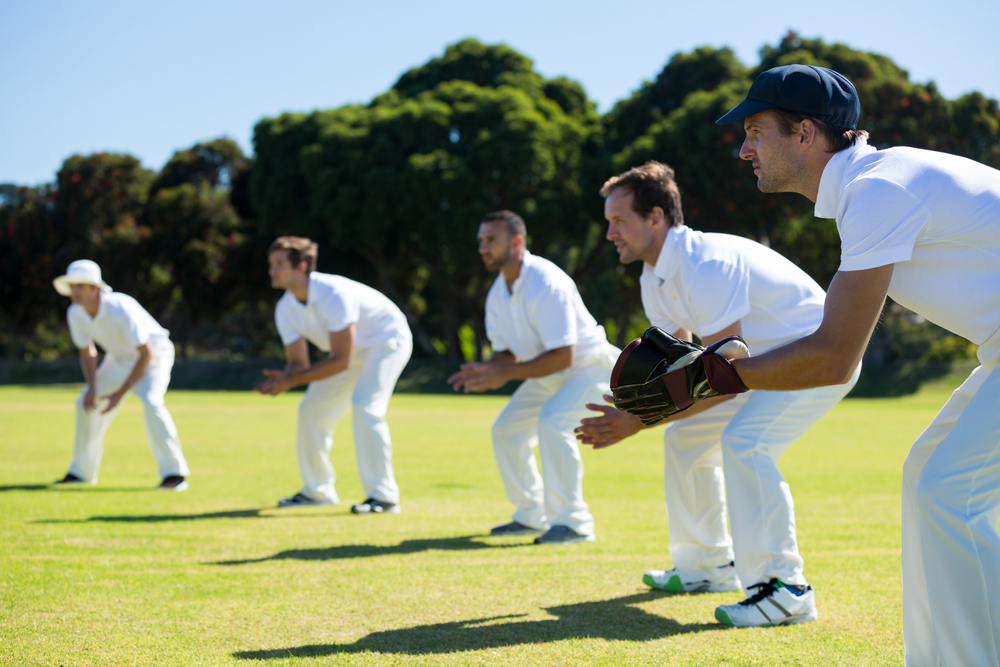
Training for fitness in cricket is crucial to enhance performance on the field. Here are the steps to train for fitness in cricket:
1. Cardiovascular Exercise: Engage in activities such as running, cycling, or swimming to improve endurance. Aim for at least 30 minutes of moderate-intensity cardio exercises, such as jogging or brisk walking, five days a week.
2. Strength Training: Include exercises that target the major muscle groups involved in cricket, such as the legs, arms, and core. Exercises such as squats, lunges, push-ups, and planks can help build strength and improve power and stability.
3. Flexibility and Mobility: Incorporate stretching exercises to improve flexibility and mobility. Perform dynamic stretches before a training session or match to warm up the muscles, and static stretches after the session to cool down and improve flexibility.
4. Agility and Speed Training: Train agility and speed by incorporating drills such as ladder drills, cone drills, and shuttle runs. These exercises improve reaction time, footwork, and quickness on the field.
5. Interval Training: Include high-intensity interval training (HIIT) to improve explosive power and endurance. Alternating between short bursts of intense exercise and brief recovery periods simulates the demands of cricket matches.
6. Core Strength and Stability: Focus on exercises that target the core muscles, including planks, Russian twists, and medicine ball rotations. A strong core helps with balance, coordination, and injury prevention.
7. Rest and Recovery: Allow sufficient time for rest and recovery to avoid overtraining and reduce the risk of injuries. Adequate sleep, proper nutrition, and hydration are essential for optimal performance.
To excel in cricket, it is important to maintain a disciplined fitness training regimen alongside technical skills practice and match play. By following these steps, you can develop the fitness levels required to perform at your best on the cricket field.





